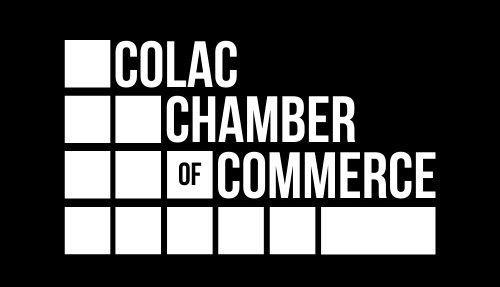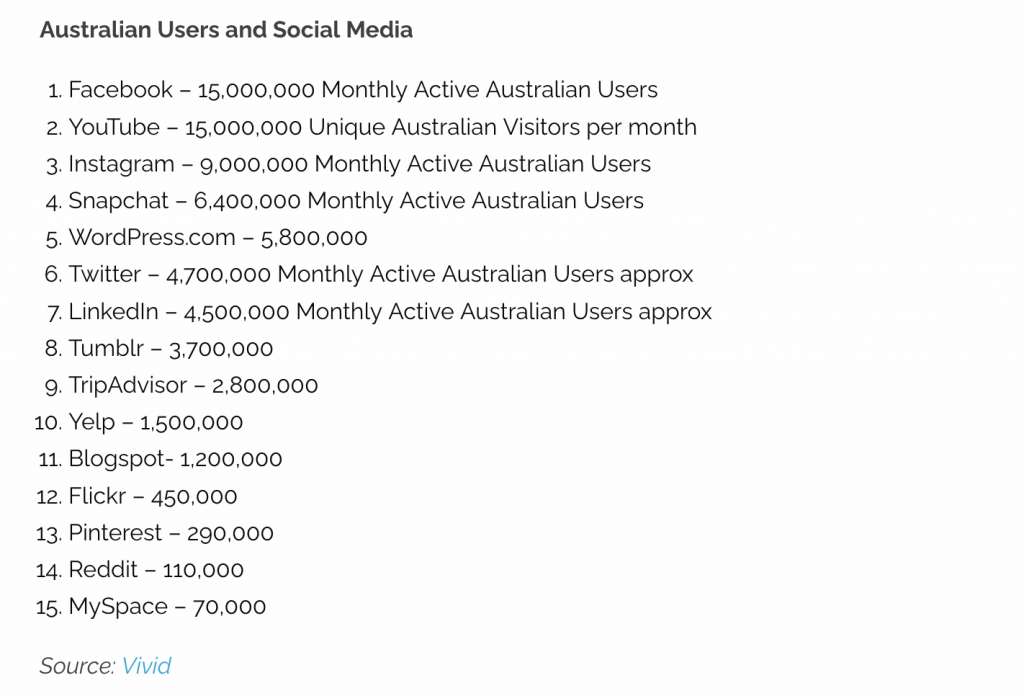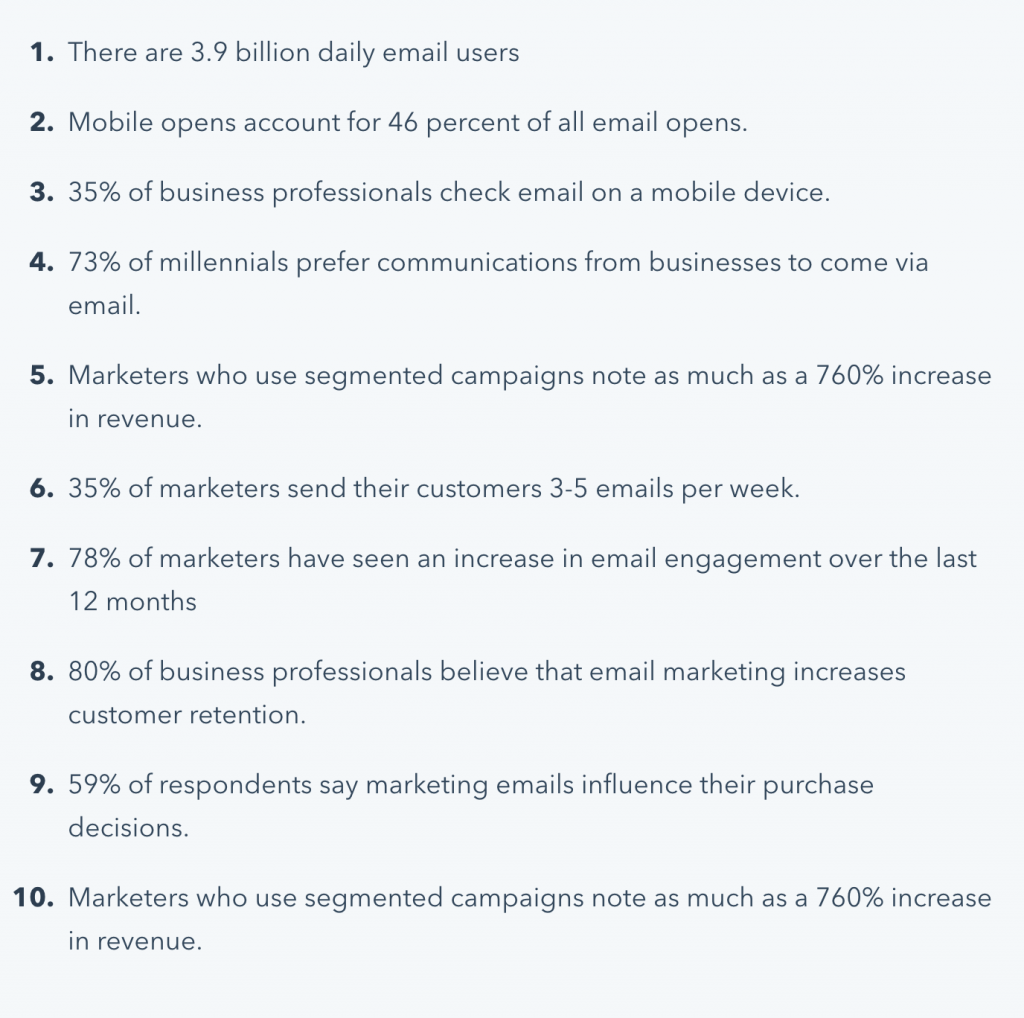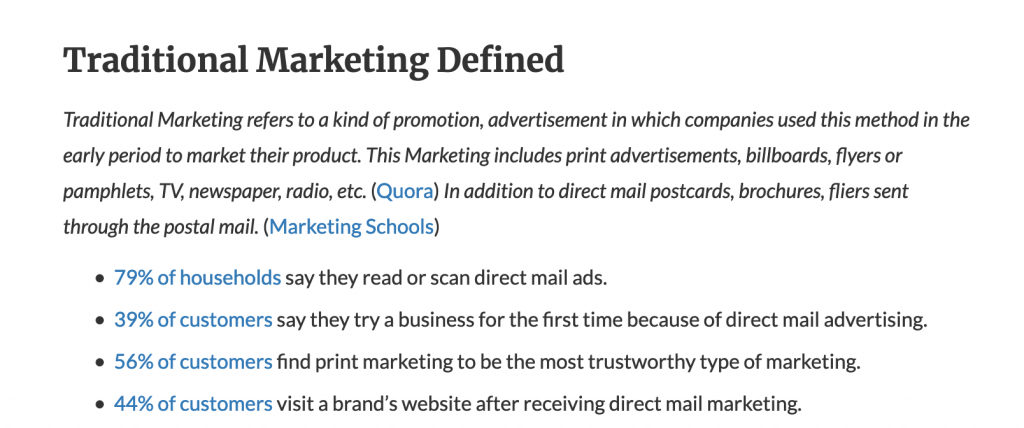
Marketing resources

Social media tips & tricks
How to make the most out of social media to drive sales and brand awareness.

How to set up email marketing
Email marketing is one of the best performers in terms of ROI. And best of all, it's free to set up.

Newspaper, TV & Radio
Colac is so lucky to have dedicated radio and newspaper outlets. How can you best use them?

Does your website work?
What your website needs to do for your business and how to simplify the process.

Other marketing tools & tips
Sponsorships, competitions, collaborations - how to make the most out of a small marketing budget.
Social Media
How to make it work for your business.
Love it or hate it, social media plays a role in many people’s lives, and now in marketing many businesses.
The key is to tailor your strategy to make sure you are using social media to your best advantage.
Essentially at it’s core, social media is a one-on-one communication tool where you can talk directly to your followers, whether they be customers, potential customers, competitors or stakeholders.
Like any marketing platforms, there are benefits and negatives to putting your business on social media.
The benefits are clear: it makes your business easy to be found. In January 2020, Facebook, YouTube & Instagram all had more than 9 Australian million users. That’s a hard stat to ignore.
It gives you a clear line of communication to your audience. You can directly respond to questions, queries, even complaints which can be a very powerful PR exercise.
It’s free to set up and operate.
You can use it as an online store or marketplace.
You can use it for recruitment, advertising, surveys, competitions and direct sales.
Paid ads can target EXACTLY who you want which means you are not wasting money putting your brand in front of irrelevant eyeballs (or eardrums).
This is great for local businesses who just want to target a specific region, demographic or even gender.
And, maybe best of all, advertising is cheap and YOU get to determine what you want to spend.
The cons: While it is free to have social media pages, it is time consuming. Very time consuming. It’s a beast that needs to be fed regularly with content to keep you in the news feeds of your followers.
If you are not uploading content >4-5 times a week, you will drop off the newsfeeds of many followers. The only way to guarantee your content will be seen is to combine it with some paid content.
Public negative feedback. Disgruntled customers love to use comments and tags to disparage businesses who they perceive to have let them down. The positive side of this, is that it publicly allows you to respond to their allegation. You can address their concerns and put it right so the rest of your followers can see you care.
This great article by Hubspot explains in detail what role each social media platform plays in each demographic and target audience. It is important you know the difference so you are not wasting time and money focusing on the wrong platform for your business.
Essentially, Facebook, Twitter and LinkedIn are platforms that easily allow networking, content sharing and discussion.
LinkedIn is a B2B platform – fantastic for recruitment, publishing articles and industry thought leadership.
Twitter is more news driven and a platform that incites discussion (and strong opinions!) but still has video and image content.
Facebook is about creating shareable content – whether it be images or videos and engaging your audiences to interact with your brand and hopefully, convert to a customer.
Instagram and Pinterest are about sharing images and inspiring your customers (great for retail, design and food producers) and YouTube is fantastic for product demonstrations.
Beyond that, there are the more “youth” orientated platforms such as TikTok and Snapchat which are temporary short video and image uploads.
Do you need to be on all of them?
NO.
What is the difference?
Content is what you create and upload onto your own social media platforms. This could be photos, videos, articles, sharing relevant things from websites or other businesses & groups. Anything that you determine is engaging to your audience.
There is no limit to how much content you can upload onto your social platforms.
On Instagram & Facebook, content can be in the form of a news feed post that stays on your feed forever; or a story which will disappear in 24 hours.
Advertising on social media can be either promoting or “boosting” a post you have created on your own platform, or carefully designing a campaign with static images, video or carousel content.
You choose who you want the ad to be displayed to, demographic, location, gender, interests, behaviours etc, when it is shown, and what you want to spend on the ad.
The beauty of social media advertising is you can see how many people have seen you ad, who has clicked on it and you can adjust it at any point during the campaign to make it perform better.
Useful social media resources
Hubspot
A marketing resource for small businesses with lots of free tools and guides. Download content calendars, schedule social media posts and purchase CRM systems to keep track of your customers.
Hootsuite
A social media scheduling tool that allows you to upload your content and schedule when it will appear on your different social media channels. With a few clicks, you can post on Instagram, Facebook and Twitter. It's free for up to three different platforms.
Canva
A free graphic design website that has millions of templates and images to help you create interesting and visually engaging social media posts.
Email marketing
Drive your sales through the inbox.
It does what is says on the box – marketing emails sent from your business to your subscribers.
What is the advantage? For most businesses, email marketing is the most successful form of digital marketing in terms of ROI.
Why? Because your recipients have chosen to interact with your business, so it’s not an unwelcome intrusion into their daily arrivals.
In the beginning, email marketing was handled very poorly by marketers. Email addresses were bought so recipients were receiving unsolicited emails from companies that had never heard of, they were being sent far too frequently and often had irrelevant content.
Today, systems are much cleaner, people can unsubscribe at the click of a button, and the rule of less-is-more applies here.
You need emails to begin with! Any business who has a CRM accounting or stock management program has a database of customer emails.
This is where you start.
Use these emails to begin with and plan to add as many as you can through integration with your website and social media platforms.
Do you have permission to use these emails for marketing? Yes. Because they are customers or stakeholders of your business. But always explain how you got their email, and why they are receiving your material. And they MUST be able to unsubscribe with a click of a button.
There are lots of free and paid programs that will bulk send out emails on your behalf. They often easily integrate into Facebook and your website so you can encourage sign ups from many places.
The more emails you have, the more successful you will be.
Upload your database of emails into your selected program and start thinking about what you would like to say to your customers/stakeholders.
This is entirely dependent on your business type and goals.
There are many different types of emails that drive sales and marketing objectives such as newsletters, sale announcements, personel announcements, product launches, notifications, just about anything.
Most email marketing programs will also give you performance data on each email you send. This could include how many people opened it, who they were, and what links they have clicked on.
You can build on this knowledge and segment your audience with different tags so you know their previous behaviours or activity in relation to your business.
Useful email marketing resources
MailChimp
Probably the most well-known email marketing platform is MailChimp. It's free (or has paid subscriptions depending on your requirements) and integrates with just about everything on the web! There are email templates and scheduling tools so you can plan ahead.
Hubspot
Hubspot has a paid plan for CRM and email marketing. There are many resources on their free blog too that will inspire you to create some fantastic emails to your database.
Traditional marketing
Colac Herald, Ace Radio, regional TV
Traditional marketing is generally described as print (newspapers, magazines, catalogues & flyers), broadcast (tv & radio), and outdoor (billboards & signage).
Each segment plays a pivotal role in an overall marketing campaign that is seeking large-scale brand awareness.
Traditional marketing has always been effective in mass-marketing for businesses who want high-recall of their brand.
Traditional marketing outlets are also hives of creativity and a fantastic resource for small businesses to get direction and support when designing their advertising.
Whereas social media relies on you to do the creative work and upload it yourself, traditional media outlets are a one-stop-shop to strategise, create and execute your campaign.
Most now have digital arms supporting their traditional networks so they can also get you online giving you a wider marketing reach.
Local traditional media also takes this one step further as they are solidly integrated into the local community and they know how to reach your audience as well as anybody.
The pros are the resources traditional media can offer small businesses in terms of strategy & design.
They know the local market inside out and can offer real insight into how to reach your target market.
Look at some of the biggest companies you know, they all still use traditional media outlets as part of their marketing strategies.
The cons can sometimes be cost – traditional media outlets are costly to run and their rates are higher than digital. A good account manager will work with you to find a solution for your business.
ROI and success is easier to measure with digital as you can harvest data on exactly who has interacted with your campaign. But, if you structure your marketing right in traditional media, you should be able to effectively measure your results.
Successful campaigns in traditional media are often a call-to-action style campaign. That is a sale, offer, competition or promotion that compels action by the target audience.
They work really well with “Bricks & Mortar” businesses that rely on foot traffic rather than website visits as a conversion goal.
They remain a trusted media source amongst the local community and the engagement level is high.
Locally! We are so lucky to have great local traditional media outlets here in Colac.
Their expertise are second-to-none and they are invested in the success of local business.
Useful traditional marketing resources & stats
When to use traditional media
Click to read a really good article on how each traditional media outlet can work as part of a larger marketing strategy. It may give you some ideas and considerations you haven't thought of before.
Website
Do you have one, do you need one?
The idea of a website can be daunting for many small businesses.
This is often because in the early days many small business were over charged for ineffective website by rogue web design companies.
These days are all in the past and if you’re not online, or haven’t updated your site recently, then you need to get moving!
Decide what your website needs to do.
It can simply be a reception desk for your business, an information flyer, a contact point, a directory, basic key information and details on how to find out more.
Or it can be a full-blown e-commerce experience and everything in between.
Regardless, there are many solutions out there are are affordable and get your business in front of your audience.
Once you know what you want it to do, you need to find someone to do it, or figure out how to do it yourself.
You are the only person who will know whether you have the skills and the time to DIY.
There are step-by-step web builders than can walk you through building a simple site and they are perfectly acceptable to get you online.
You don’t need to be able to code or have in-depth tech skills to build your own site, but you do need time as you will be learning along the way.
You need to factor in buying your domain name if you don’t already have it, hosting and usually a subscription to the builder you are going to use.
Alternatively, look for a local web designer who has some good examples of similar sites and go armed with a plan of what you want your site to do, and what it should look like.
Expect support and training on how to access your site and that your site is optimised to be found on Google.
Web design tools
Squarespace
Squarespace is a drag and drop builder for simple sites. It is relatively simple to use and has e-commerce functionality.
WordPress
WordPress is the most common website builder. There are millions of videos and tutorials online to help you each step of the way.
Wix
Wix is another drag-and-drop builder that is simple to use but you do need an eye for design rather than relying on lots of themes and templates. Beware - the free version gives you a .wix on your domain so if you don't want that, go with one of the others.
Sponsorship, events & collaborations
What else can you do to get your business out there?
They are endless! But this is where the Chamber’s specialities lie. We are a network of like-minded businesses with the combined goal of growing business in the region.
Events are a great way of converting an interested customer into a sale. It could be an information night, special invite-only sale or just a social gathering, either way it gives you the opportunity for face-to-face conversations with your target audience.
Do your research though. Find out what time/day suits the majority of your audience. There is no point arranging something that clashes with something similar, or is inconvenient for a large number of invitees.
Things to consider: weekday/weekend. morning, noon, night, catering, drinks, entertainment for adults or kids, special offers for attendees, goals for the event.
Sponsorship is a very powerful tool in a town such as Colac.
It takes two forms: cash or in-kind. And, most clubs/organisations want the former!
Whatever you can do, make sure you align it with your marketing goals and put some thought into what you can get out of it on top of exposure for being a supporter of the cause.
Can you also tie it in with being a supplier or a key service? Combine it with a discount or service provided exclusively to club members/stakeholders?
Find avenues to create loyalty from those benfitting from the sponsorship.
There are many examples of terrific Shop Local/Buy Local campaigns and collaborations. They work in small towns and create an opportunity to forge new relationships with potential customers.
Other considerations are collaborations with people outside of the business community. Have you asked your customers or stakeholders to provide you with testimonials or reviews? Many consumers are making choices based on online recommendations these days and in turn, small businesses are rewarding their clientele for providing honest reviews of their experience.
